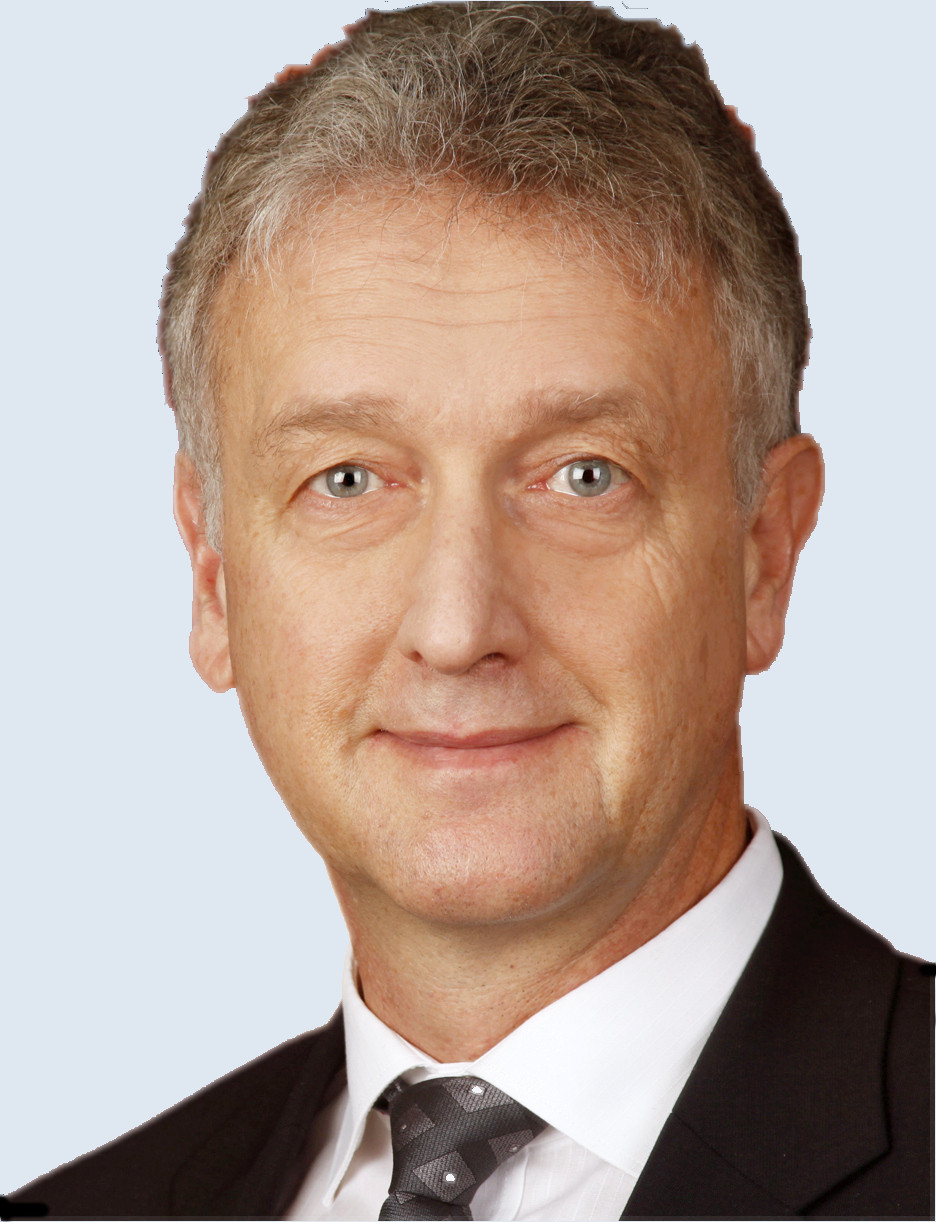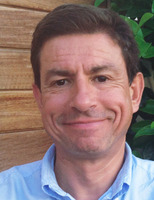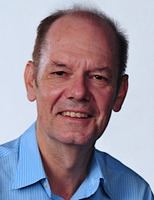Invited Speech: EuroVR Association
Patrick Bourdot, Vice-President of the EuroVR Association & Research Director at CNRS
The EuroVR Association is an umbrella organisation gathering not only individuals, but also national chapters and associations, large companies, small-to-medium enterprises (SMEs), as well as research institutions, universities and laboratories, all of them with a keen interest in Virtual Reality, Augmented Reality and Mixed Reality (VR/AR/MR).
Founded in 2010 as a continuation of the work in the FP6 Network of Excellence INTUITION (2004 – 2008), EuroVR seeks to:
- Gather relevant stakeholders from Large Industries, Small-to-Medium Enterprises (SMEs), Public Bodies, Research Institutes, Universities and Individuals interested in VR/AR to provide a common discussion forum;
- Establish connections with established National Associations and Chapters in relevant fields, as well as support the creation of new national Chapters in other countries;
- Promote research excellence, and stimulate development and deployment of VR/AR technologies in existing, new and emerging fields;
- Facilitate the structuring and VR/AR research integration in Europe.

Patrick Bourdot leads the VENISE team, the Virtual & Augmented Reality (V&AR ) research group he created in 2001 at CNRS/LIMSI lab. His main research topics are: levels of detail, control of virtual navigations, 3D reconstruction, multimodal and collaborative V&AR, with a special interest for CAD, Remote driving, Bioinformatics, and CFD applications. Coordinator of the CNRS Labs involved in the INTUITION network on VR/AR of the 6th IST European framework (2004 - 2008), he is founding member of EuroVR, and member of its Executive
Committee from its creation (2009). His main challenges for EuroVR aims increasing the scientific quality of the annual international conferences, and launching new international academic events supported by this association.
VR/AR in 2018 - Ready for Industrial Use?
Dieter Fellner
Within the past years, Virtual Reality (VR) and Augmented Reality (AR) have gained much attention. In addition, the rising interest in these topics is not limited to entertainment applications any more: Affordable, high-performance hardware and powerful 3D visualization software are currently making VR/AR technology available to everyone.
As a consequence, industrial VR/AR scenarios are becoming more and more popular. However, several crucial challenges remained largely unsolved so far, limiting the broad use of VR/AR in industry.
In my talk, I will highlight the key factors that determine the applicability of VR/AR in industry. I will mention several related challenges, and I will show how far we currently are on the way of solving them. In this context, 3D Web technology and standards are of crucial importance.
Finally, I will give examples of promising industrial use cases, where we have succeeded to create industry-scale pipelines and workflows for VR/AR experiences on all kinds of client devices.

Dieter W. Fellner is Professor of Computer Science at TU Darmstadt (since Oct 2006), Germany, and Director of the Fraunhofer Institute for Computer Graphics Research IGD at the same location. Previously he has held academic positions at the Graz University of Technology, Austria, the University of Technology in Braunschweig, Germany, the University of Bonn, Germany, the Memorial University of Newfoundland, Canada, and the University of Denver, Colorado, USA. He is still affiliated with the Graz University of Technology where he chairs the Institute of Computer Graphics and Knowledge Visualization he founded in 2005. Fellner is also CEO of the Fraunhofer Austria Research GmbH since November 2008.
Since January 2016, Dieter W. Fellner serves as chairman of the Fraunhofer ICT Group and as member of the Fraunhofer Presidential Council.
Psychological aspects of human interaction in mixed reality interfaces
Prof. Mariano Luis Alcañiz Raya
In the last two years, technological tools known as Mixed Reality Interfaces (MRI) have appeared on the market, which not only allow user interaction with a virtual environment, but also allow the physical objects of the user's immediate real environment to serve as elements of interaction with the virtual environment. That is, MRIs are perfect tools to introduce into our reality new virtual elements (objects and virtual humans) that will generate a new reality in our brain. Today, MRIs are the most technologically advanced tools that human beings have used to date to improve their reality and generate artificial realities that improve the reality they live. In the last year, there is an unusual interest in MRI in the ICT industry. That means that MRI will be a revolution in human communication mediated by new technologies, as in the moment was the irruption of the mobile phone. Therefore, the central question that motivates the present talk is: what capacity will MRIs have to alter the reality that we are going to live in a few years and hence alter the social communication between humans?
To date, only a very basic aspect of MRIs is being investigated, its ability to simulate our current reality. However, the above question calls for a paradigm shift in current MRI research. It is necessary to advance towards this new paradigm by proposing a basic research scheme that will allow to analyze the influence of individual personnel variables and MRI interaction aspects will have on basic aspects of human behavior, like decision making. In this talk, we present several examples of how MRI can be used for human behavior tracking and modification, we describe different research projects results and we conclude with a discussion of potential future implications.

Prof. Mariano Luis Alcañiz Raya is Full Professor at the Polytechnic University of Valencia (Spain) and Director of the European Laboratory of Immersive Neurotechnologies (LENI). He is a professor of Biomedical Engineering and has courtesy appointments in Virtual Reality. His research interest is to understand and classify the relevant significance of each aspect of the human activity and how to use this information in computer mediated technologies for enhancing human abilities and quality of life. From a technological point of view, his objectives are to improve interactive technology in virtual environments used at different formats and the development of algorithms, methods and techniques for ubiquitous and non-obtrusive measurement of human activity. His research is being applying in different fields like health, psychology, marketing, human resources, education and training.
Dr Alcañiz has published more than 300 articles in books, journals and conferences. He has been coordinator of various European projects and national research projects related to the area. He is also coordinator of several national R&D programs of excellence. He is the National Program Coordinator of the Information Society
Technology (IST) of the Ministry of Science and Innovation of Spain and he is the Spanish representative for ICT area at the Horizon 2020 European Research Program Committee. He is also member of the executive committee of EURO-VR association.
Grasping and Walking for VR, Virtual Humans and Social Robots
Prof. Daniel Thalmann, EPFL and MIRALab Sarl
Grasping and Walking are the two most important actions performed by Humans. They require a lot of training and learning as we may observe with little children.
In this talk, we will discuss these two actions in three contexts: Virtual Reality, Virtual Humans, and Social Robots.
In VR, we will discuss how to grasp virtual objects and how to feel them, including the haptic aspect. We will also explain how to walk in Virtual Worlds and have the real feeling to walk.
We will then explain how to make a Virtual Human grasping automatically any object and how to model the gait and what are the problem during navigation.
Finally, we will extend these problems to social robots, discuss the walking problems and how social robots can grasp objects with a human-like behaviour.

Prof. Daniel Thalmann is a Swiss and Canadian Computer Scientist. He is currently Honorary Professor at EPFL, Switzerland, and Director of Research Development at MIRALab Sarl. Pioneer in research on Virtual Humans, his current research interests include social robots, crowd simulation and Virtual Reality. He has been the Founder of VRlab at EPFL. From 2009 to 2017, he was Visiting Professor at the Nanyang Technological University, Singapore. He is coeditor-in-chief of the Journal of Computer Animation and Virtual Worlds, and member of the editorial board of 12 other journals.
Daniel Thalmann has published more than 600 papers in Graphics, Animation, and Virtual
Reality. He received his PhD in Computer Science in 1977 from the University of Geneva and an Honorary Doctorate from University Paul-Sabatier in Toulouse, in 2003. He also received the Eurographics Distinguished Career Award in 2010, the 2012 Canadian Human Computer Communications Society Achievement Award, and the CGI 2015 Career Achievement.
Building the Metaverse - One Standard at a Time
Neil Trevett, President of the Khronos Group & Vice President at NVIDIA
For VR and AR to become truly pervasive, the Web needs to be enabled with open APIs for 3D and inferencing acceleration, efficient 3D asset delivery formats, and standards for cross platform user interaction. The Khronos group is working alongside other standards organizations to create the building blocks for XR-enabled browsers. This keynote will provide an update on the very latest development in Khronos standards, and how they fit within the larger Web ecosystem. Neil will also discuss some the barriers and hurdles the industry faces in bringing the XR Web to life.

Neil Trevett is Vice President of Developer Ecosystems at NVIDIA, where he is responsible for enabling and encouraging advanced applications to use GPU acceleration. Neil is also serving as the elected President of the Khronos Group where he created and chaired the OpenGL ES working group that defined the industry standard for 3D graphics on mobile devices. At Khronos he also chairs the OpenCL working group for portable, parallel heterogeneous computing, helped initiate the WebGL standard that is bringing interactive 3D graphics to the Web and is now working to help formulate standards for vision and neural network inferencing. Previously, as Vice President of 3Dlabs, Neil was at the forefront of the silicon revolution bringing interactive 3D to the PC, and he established the embedded graphics division of 3Dlabs to bring advanced visual processing to a wide-range of non-PC platforms. Neil was elected President for eight consecutive years of the Web3D Consortium dedicated to creating open standards for communicating real-time 3D on the Internet. Neil graduated from Birmingham University in the UK with a First Class Joint Honors B.Sc. in electronic engineering and computer science and holds several patents in the area of graphics technology.
